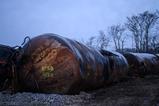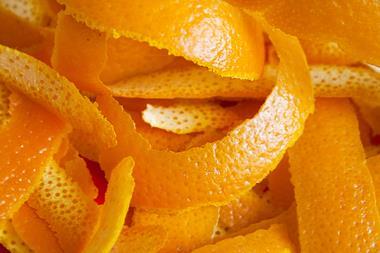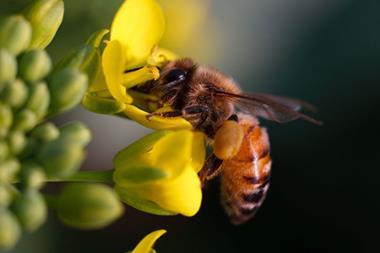For many people 2-furanmethanethiol may smell like their favourite coffee, but for others it’s as disgusting as burning rubbish. The compound is one of the 15 that chemists have identified as triggering parosmia, a condition that makes certain things smell burnt, rotten, fecal or otherwise unpleasant.
The condition used to be rare but has become less so since the Covid-19 pandemic because it can come with recovery from the smell loss the virus often causes. Coffee, onions, garlic, chicken and green peppers are among the most common foods that set off parosmia.

The researchers showed that a number of odour-active thiols, trisubstituted pyrazines, methoxypyrazines and disulfides are common parosmia triggers. They individually elicit the perception of revulsion, regardless of how many other aroma compounds are perceived at the same time. There are no known odour receptors which are specific for these compounds.
The 29 study participants suffering from parosmia after a virus detected more than 30 different molecules, and the most frequently reported trigger of parosmia was 2-furanmethanethiol, which has an exceptionally low odour threshold in water. For people without parosmia, the compound smells intensely of roasted coffee.
‘This is solid evidence that it’s not all “in the head”, and that the sense of disgust can be related to the compounds in the distorted foods,’ said Jane Parker from the University of Reading, UK, who led the research. ‘The central nervous system is certainly involved as well in interpreting the signals that it receives from the nose.’
Understanding the molecules that activate parosmia can help form the bases of objective tests and improve methods to measure it beyond questionnaires or qualitative evaluations. The findings can also help scientists explore the underlying mechanism of parosmia.
References
J K Parker, C E Kelly and S B Gane, Commun Med, 2022, 2, 58 (DOI: 10.1038/s43856-022-00112-9)




















1 Reader's comment